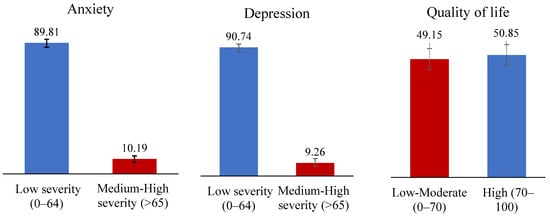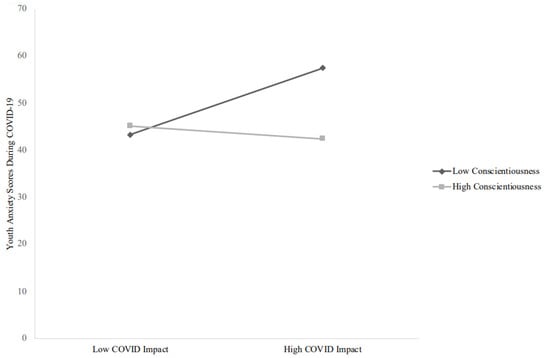Pediatric Nursing in a Post-pandemic World
A topical collection in Children (ISSN 2227-9067). This collection belongs to the section "Pediatric Nursing".
Viewed by 7287Editor
Topical Collection Information
Dear Colleagues,
The COVID-19 pandemic has caused suffering and death for millions of people around the world and stretched healthcare systems to the breaking point. Pediatric nurses have been at the forefront of the pandemic, contributing through direct patient care, public health, health system leadership, education, and research to ensure that children and their families maintain their physical and mental health and reach their developmental potential despite the challenges of fear, isolation, economic hardship, and inequities of the pandemic. Pediatric nurses faced enormous challenges in delivering their mission because of shortages in personal protective equipment, staffing shortages, and risk of SARS-CoV-2 exposure for themselves and their loved ones.
In this Topical Collection, we aim to highlight the outstanding work of pediatric nurse clinicians, health system leaders, educators, and researchers who have provided new innovations and evidence to advance pediatric healthcare during the pandemic and to accelerate recovery in a post-pandemic world. We invite high-quality manuscripts on any aspect of clinical care, family-centered care, service delivery, public health, school nursing, health education, or research related to children’s health and illness from a nursing perspective, a focus on health equity, and in the context of the COVID-19 pandemic or pandemic recovery.
Prof. Dr. Linda Franck
Collection Editor
Manuscript Submission Information
Manuscripts should be submitted online at www.mdpi.com by registering and logging in to this website. Once you are registered, click here to go to the submission form. Manuscripts can be submitted until the deadline. All submissions that pass pre-check are peer-reviewed. Accepted papers will be published continuously in the journal (as soon as accepted) and will be listed together on the collection website. Research articles, review articles as well as short communications are invited. For planned papers, a title and short abstract (about 100 words) can be sent to the Editorial Office for announcement on this website.
Submitted manuscripts should not have been published previously, nor be under consideration for publication elsewhere (except conference proceedings papers). All manuscripts are thoroughly refereed through a single-blind peer-review process. A guide for authors and other relevant information for submission of manuscripts is available on the Instructions for Authors page. Children is an international peer-reviewed open access monthly journal published by MDPI.
Please visit the Instructions for Authors page before submitting a manuscript. The Article Processing Charge (APC) for publication in this open access journal is 2400 CHF (Swiss Francs). Submitted papers should be well formatted and use good English. Authors may use MDPI's English editing service prior to publication or during author revisions.
Keywords
- COVID-19
- pandemic
- child
- primary health care
- public health
- health equity
- critical care
- pediatric nursing
- neonatal nursing
- maternal–child nursing
- family nursing
- school nursing
- caregivers
- child health
- patient care management
- patient-centered care
- health education
- comprehensive health care
- continuity of patient care








